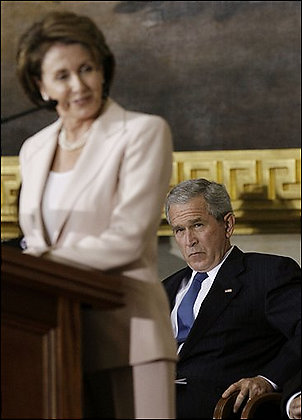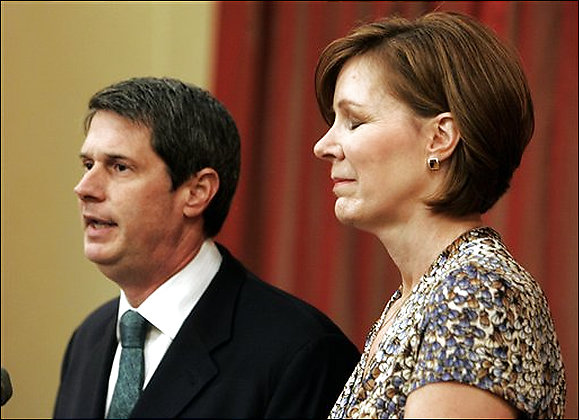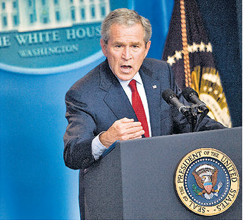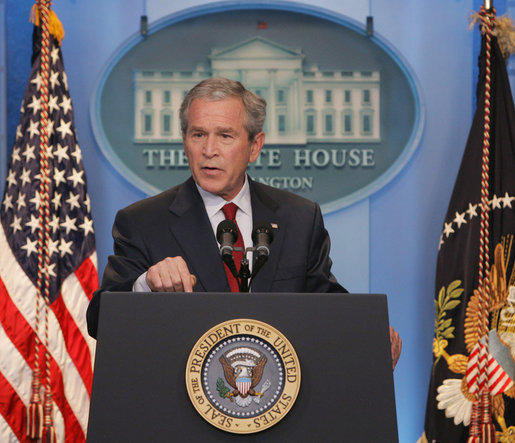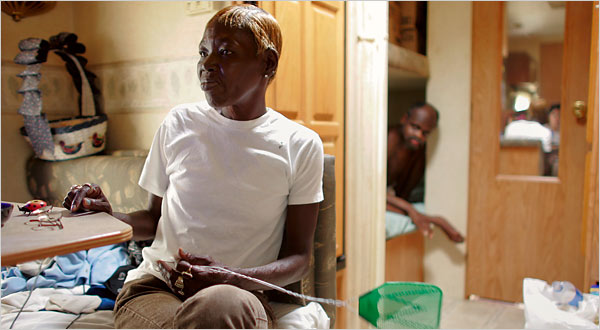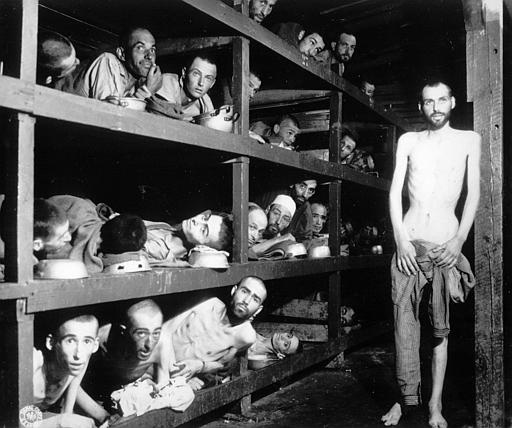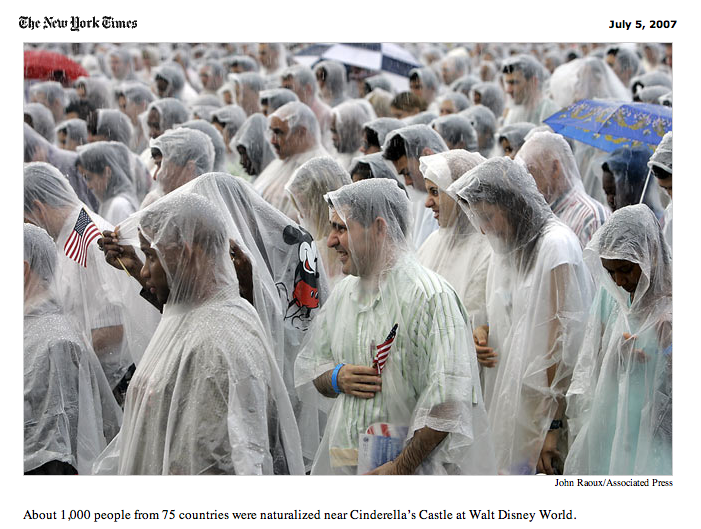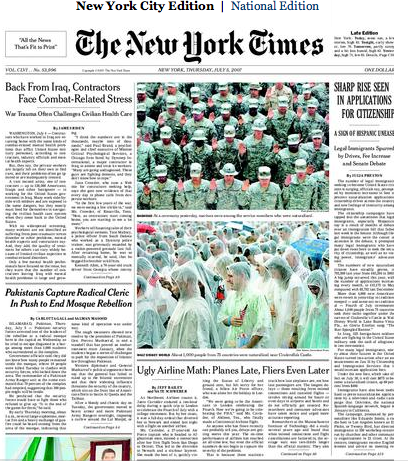A few weeks back Hariman made the important point that “shrouds” can work in multiple rhetorical registers, masks that can both restrict and enable agency, sometimes at the same time. The focus there was on how individuals can be literally shrouded. But what about something that can be a little more difficult to put our finger on than a living and breathing, flesh and blood person … something like, say, the “American people”?
Yesterday, President Bush spoke before the Greater Cleveland Partnership, a private sector economic development group. Towards the end of the speech he turned his attention to questions of the war, and on the issue of whether or not to withdraw troops he noted that we should not make any decisions until General Petraeus can give his “assessment of the strategy.” And then this: “That’s what the American people expect. They expect for military people to come back and tell us how the military operations are going.” Now clearly the President is not paying attention to the public opinion polls (unlike so many Senators who supported his policy two months ago and now seem to be jumping ship with thoughts of the next election dancing in their heads), but what about the media? How do they frame the “American people” in all of this?
Over at the Bagnews Michael Shaw has made the very important point that many of the representations of the American public from this event seem to mimic Normal Rockwell’s America. And the point is very well taken. BUT, that’s not the only American public being represented, and there might be an important lesson in attending to the array of representations.
Today’s New York Times story features the following photograph (Jason Reed/Reuters):

Now this is clearly not a Norman Rockwell rendition. Notice, importantly, that the president is not speaking to the folks behind him, who have the look of a jury. Largely male and dressed in jackets and ties for the most part, this is not an easy cross section of the “American people.” They are attentive, intense, but clearly not admiring anything. Like a good jury, they seem to be weighing the evidence. But whoever they are, what do they see?
First, we should attend to the fact that the president is speaking with a microphone conspicuously displayed? Why a microphone? Modern technology doesn’t require it anymore, but no doubt it is a prop that creates more of a “feel” of interaction between speaker and audience. Fair enough. But here, note too how it hints at the need for something to amplify the president’s voice, almost as if the mere fact that the president speaks it is not quite enough to get the message across. But what dominates the image is not the president nor the jury behind him, but the much larger and somewhat ominous audience members he is addressing — the American people? — prominently shrouded in dark shadows. We can’t see them, although we can see what they see. The shadows, of course, function in multiple registers. Because indistinct they make it easy for anyone to identify with — white/black, rich/poor, republican/democrat — and certainly much more so than most Americans can identify with the business class individuals in the background. But not just that, the shroud also implies a certain danger (think “death” shroud) — it is dark, foreboding, and (visually, at least) dominating. The image could be from an Ingmar Bergman film. Shrouded here, the public being addressed is empowered and, apparently, powerful – or at least potentially and threateningly so.
Variations on this photograph have shown up in other places. So, for example, this version from the front page of the Sacremento Bee:
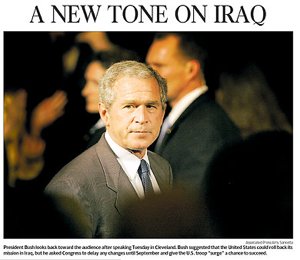
Here, the “jury” has been cropped out. And we see a much more concerned look on the president’s face. The look of concern is reinforced (or framed) by the Secret Service agents prominently displayed behind him. The shrouded public is still there, but now even more ominous. The headline “A New Tone on Iraq” could be referring to the president’s promise to engage in debate over the failures and successes of his Iraq policy, OR it could refer to the changing tone of public attitudes and responses which seem to becoming more and more pronounced with each passing day. But clearly, the public shrouded here is not one to be tarried with, at least not without some attention to the danger lurking in the shadow.
The front page of the Plain Dealer (Lynn Ischay/Plain Dealer) gives us a third option:

It’s not quite the Norman Rockwell shot seen at The Bag or in other places, but it is close. Unlike the picture at The Bag, however, notice that here the president is not blended in with the people behind him. There is a clear distance. And, perhaps more importantly, in contrast to the pictures at the NYT and the Bee, the public being addressed has been visually removed. Now the public is not so much a concern as a ghostly presence that can only be seen in the eyes of the president (and his promise as to “what the American people expect”) or perhaps what now appear to be the somewhat approving eyes of at least of few of his business class jury.
So, we get multiple possibilities. A public who simply gets spoken into existence by the president, and we can believe him or not, or the one he seems to have to address and be accountable to. And the later public is more or less ominous, skeptical and questioning in the NYT image, and downright dangerous in the Sacremento Bee.
How any of this will effect public behavior and response is unclear. But it surely implicates the ways in which we see and are seen as citizens, as “the American people” … and in some measure more powerfully and subtly so than the simple numbers that show up in public opinion polls. After all, seeing is believing …
0 Comments
